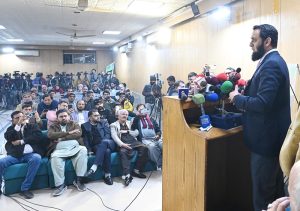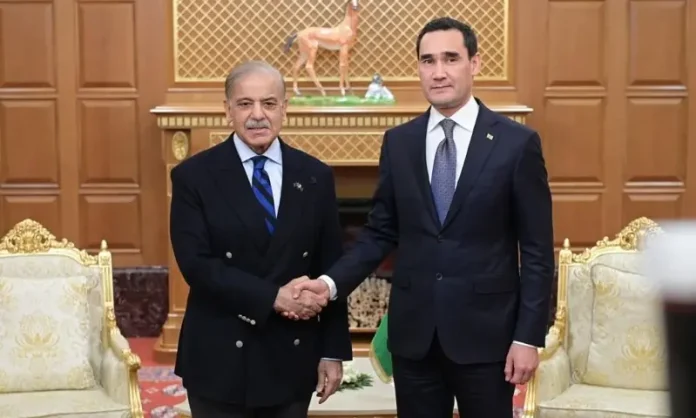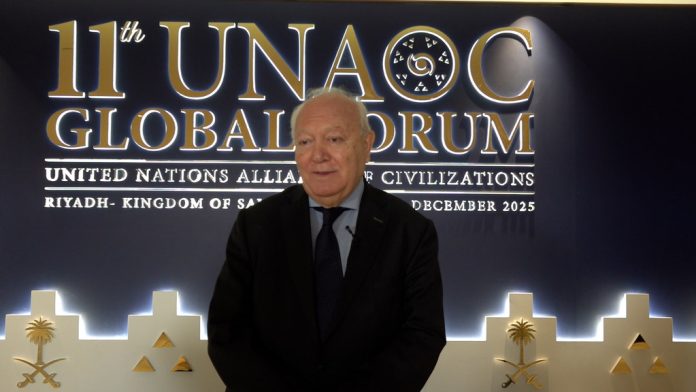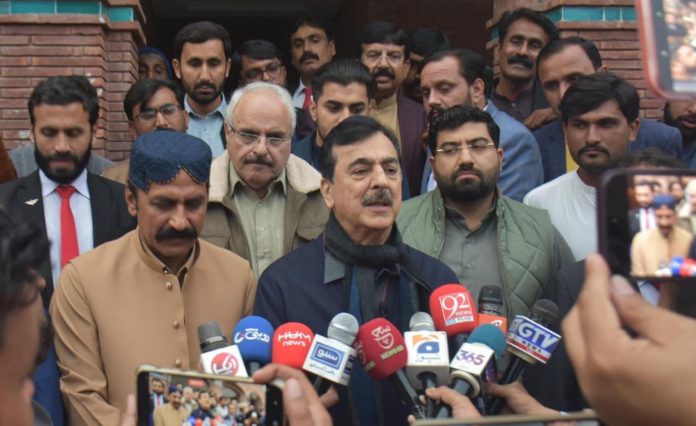ISLAMABAD, Nov 19 (APP):  Allama Khadim Hussain Rizvi, the leader of Tehreek-e-Labbaik Pakistan breathed his last Thursday night at Lahore, his party announced. He was 55.
Allama Khadim Hussain Rizvi, the leader of Tehreek-e-Labbaik Pakistan breathed his last Thursday night at Lahore, his party announced. He was 55.
No reason for his death was given. His party officials said he was rushed to a hospital after he had problem breathing and had fever for past few days. However he was pronounced dead when he arrived at the hospital.
Senior TLP leader Syed Inayat-ul-Haq Shah also confirmed the news and asked the TLP workers to proceed to Lahore to participate in his last rites. The Tehreek-e-Labbaik announced that his funeral would be held on Saturday at 10 in the morning at Minar-e-Pakistan.
“عالم اسلام کیلئے عظیم سانحہ”
کروڑوں عاشقان رسول کے دل کی دھڑکن، امیر تحریک لبیک پاکستان قبلہ شیخ الحدیث والتفسیر امیر المجاہدین قائد عالم اسلام علامہ حافظ خادم حسین رضوی دارفانی سے وصال فرما گئے۔
إِنَّا لِلَّهِ وَإِنَّا إِلَيْهِ رَاجِعُونَ— Tehreek Labbaik Pakistan (@MarkazTLP) November 19, 2020
Videos on several social media accounts showed large number of his followers rushing to his home and crying over his sad demise.
The fire brand clerk was known for his protest marches, that often became violent and created law and order problems. His last protest was relatively shorter at Faizabad and ended only after a two day blockade of the twin cities on Monday.
Immediately after the confirmation of the news condolences poured in from all sections of society; including the Prime Minister, the Foreign Minister, Information Minister, Chief of Army Staff, Chief Minister Punjab and political leaders of many parties.
Prime Minister Imran Khan in a tweet expressed his grief over the sad demise of Allama Khadim Rizvi and conveyed condolences to his family.
On the passing of Maulana Khadim Hussain Rizvi my condolences go to his family. Inna lillahi wa inna ilayhi raji’un.
— Imran Khan (@ImranKhanPTI) November 19, 2020
Chief of Army Staff General Qamar Javed Bajwa also conveyed his condolences over the demise of the TLP leader.
General Qamar Javed Bajwa,#COAS, expresses heartfelt condolence on the sad demise of Allama Khadim Hussain Rizvi. “May Allah Almighty bless the departed soul in eternal peace, Ameen” COAS.
— DG ISPR (@OfficialDGISPR) November 19, 2020
Dr Firdous Ashiq Awan, Special Assistant to the Chief Minister on Information in Punjab also expressed grief over his sad demise.
اِنَّا لِلّٰہِ وَاِنَّآ اِلَیْہِ رَاجِعُوْنَ
سربراہ تحریک لبیک پاکستان علامہ خادم حسین رضوی کی وفات پر انکے اہل خانہ اور چاہنے والوں سے دلی تعزیت کرتے ہیں
اللہ تعالٰی مرحوم کی بخشش فرمائیں اور تمام پسماندگان کو صبر عطا کریں۔ آمین— Dr. Firdous Ashiq Awan (@Dr_FirdousPTI) November 19, 2020
Amir Jamat Islami also expressed his grief and prayed to Allah Almighty to bless the departed soul.
علامہ خادم حسین رضوی کی اچانک وفات سے دلی صدمہ ہوا۔ اہل خانہ اور تحریک لبیک کے کارکنان و ذمہ داران کے غم میں برابر کے شریک ہیں، اظہار تعزیت کرتے ہیں اور اللہ تعالی کے حضور ان کی مغفرت کے لیے دعاگو ہیں۔ اللہ تعالی انھیں جنت الفردوس میں جگہ دے اور لواحقین کو صبرجمیل سے نوازے۔ آمین
— Siraj ul Haq (@SirajOfficial) November 19, 2020




















